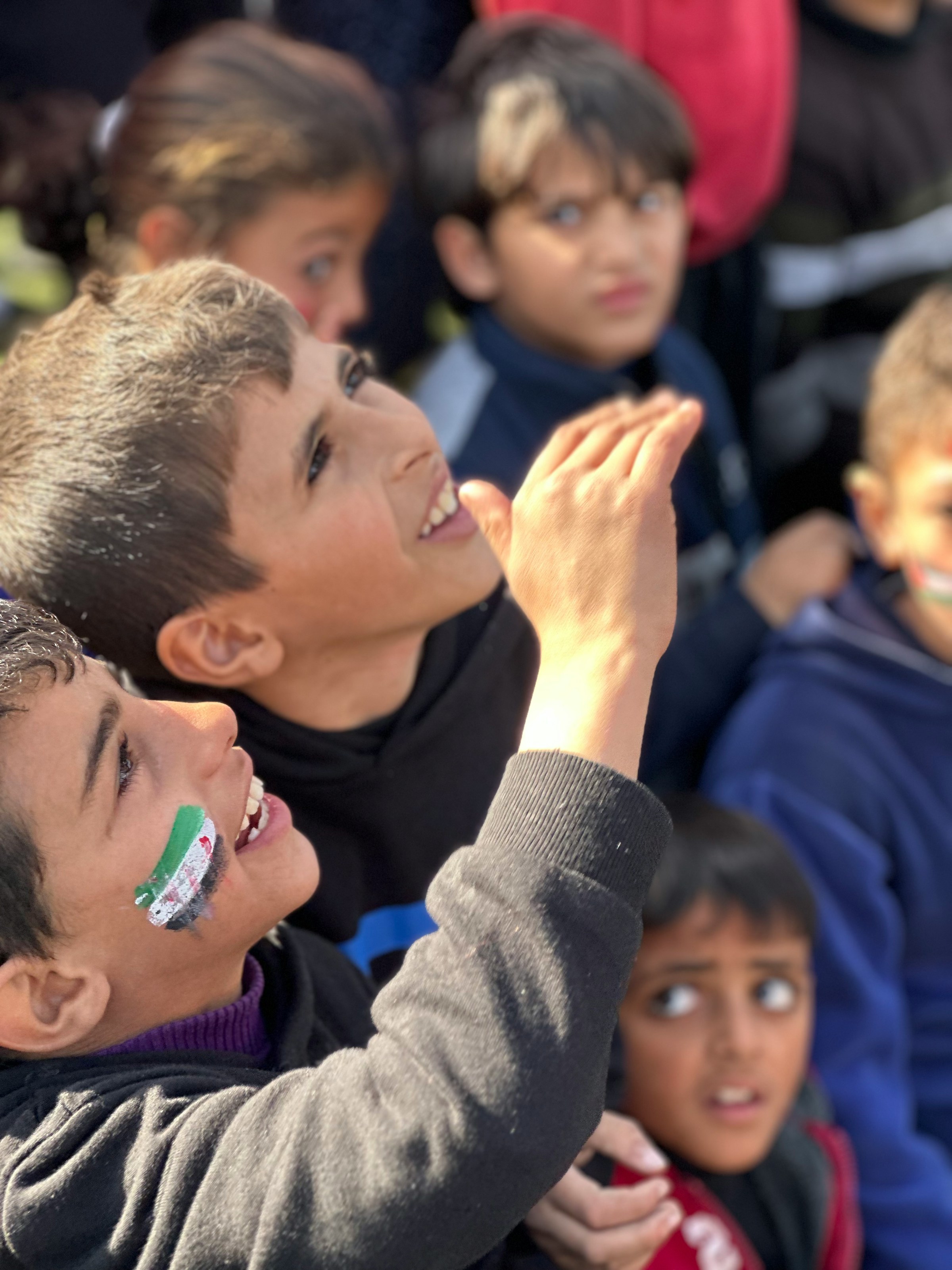The humanitarian crisis in Gaza has reached a new flashpoint. This week, more than 100 humanitarian and human rights organizations issued a joint warning: mass starvation is spreading across the besieged Palestinian territory. In a stark message, the World Health Organization reinforced the alert, stating that a “large proportion of the population of Gaza is starving.” France joined the chorus of alarm, pointing to Israel’s blockade as the key factor driving the collapse in food access and rising risk of famine.
In response, Israel has rejected international accusations and shifted the blame squarely onto Hamas. According to Israeli officials, the militant group that governs Gaza is deliberately obstructing aid deliveries and manipulating civilian suffering for propaganda. This counter-narrative comes amid growing calls for Israel to ease restrictions, allow unfettered humanitarian access, and prevent what observers increasingly describe as a man-made famine.
The situation on the ground, however, speaks to an urgent and worsening crisis—one where children are dying from hunger, and basic survival needs are no longer being met.
Since October 2023, Gaza’s humanitarian infrastructure has collapsed under the weight of sustained military operations and tightened Israeli control over borders and supply chains. More than two million Palestinians have been trapped in shrinking humanitarian corridors, with food, water, and medical aid trickling in at levels far below what is needed.
According to the UN and aid agencies, fewer than half of the approved humanitarian aid trucks are making it into Gaza daily. Even when aid enters, distribution is limited by ongoing security threats, fuel shortages, and the breakdown of civil order. Looting, chaos, and fear have become part of the daily reality.
Recent field assessments from famine early warning systems (FEWS NET) show that Gaza’s population is facing “catastrophic” levels of food insecurity, with hundreds of thousands already experiencing extreme hunger. Malnutrition rates among children have surged, and the number of reported starvation-related deaths continues to rise.
Despite these conditions, Israeli leaders argue that the primary barrier to effective aid distribution is not their blockade but Hamas’s exploitation of the situation. Israeli military spokespersons claim that aid convoys are being diverted or seized by militants, and that Hamas has embedded itself within civilian zones, complicating the safe delivery of supplies.
Prime Minister Benjamin Netanyahu’s office released a statement describing international criticism as “one-sided and naïve,” asserting that Hamas has turned food and medicine into tools of war. “The people of Gaza are suffering because Hamas chooses to prolong their pain,” the statement read.
This framing shifts the moral burden of the crisis, portraying Israel’s actions as legitimate wartime tactics and Hamas as the architect of humanitarian collapse. However, many international observers and legal experts argue that this defense does not absolve Israel of its obligations under international law, particularly as the occupying power.
The diplomatic response has grown sharper with each passing week. France’s Foreign Ministry warned that the “risk of famine is real and worsening,” attributing the crisis in part to Israel’s restrictions on aid. EU officials have begun voicing concern over potential violations of international humanitarian law, while UN agencies are openly calling for unconditional and scaled-up access to Gaza.
At the International Court of Justice (ICJ), South Africa has lodged legal proceedings accusing Israel of genocide—a charge Israel strongly denies. While the legal case is ongoing, the optics of famine conditions under blockade control have intensified global scrutiny.
Even traditional allies like the United States have expressed concern. In March, the Biden administration temporarily paused a shipment of bombs to Israel, citing fears of civilian harm in Rafah. Although military aid has since resumed, Washington continues to face domestic and international pressure to hold Israel accountable for the humanitarian fallout of its military strategy.
Relief agencies operating in Gaza report near-impossible working conditions. The UN Relief and Works Agency (UNRWA), long the backbone of humanitarian assistance in Gaza, has seen its facilities bombed and staff killed. Distribution routes are fragmented, warehouses are under threat, and fuel shortages have grounded food preparation efforts.
Despite this, aid groups have documented overwhelming evidence of need. In some shelters, residents are surviving on a few pieces of bread and unclean water. Babies and young children are being treated for advanced malnutrition with limited resources, and medical teams are overwhelmed by both trauma injuries and starvation-related complications.
The scale of collapse is not in dispute. What remains contested is who bears the ultimate responsibility—and whether political conditions will shift before the death toll climbs even higher.
The crisis in Gaza is reshaping how the world sees the boundaries of proportionality, occupation, and wartime conduct. While Israeli officials frame the famine narrative as part of an information war orchestrated by Hamas, the growing alignment of humanitarian agencies, Western governments, and legal experts tells another story—one in which a blockade, however justified by security arguments, becomes indistinguishable from collective punishment.
This tension is not only moral. It is strategic. Israel’s international partnerships, regional normalization efforts, and long-term legitimacy may all face lasting damage if starvation in Gaza is seen as a deliberate or avoidable outcome. For Hamas, the optics of mass suffering may amplify its political positioning—but at unspeakable cost to the people it claims to represent.
Without a rapid change in conditions—whether through ceasefire, corridor expansion, or outside pressure—the situation in Gaza is likely to get worse before it gets better. Famine, unlike war, carries no ambiguity in its human toll. Its victims are overwhelmingly children, the elderly, and the poor. Whether the world continues to debate blame—or finally mobilizes to end the starvation—remains the most urgent and unforgiving question.







.jpg&w=3840&q=75)
.jpg&w=3840&q=75)






